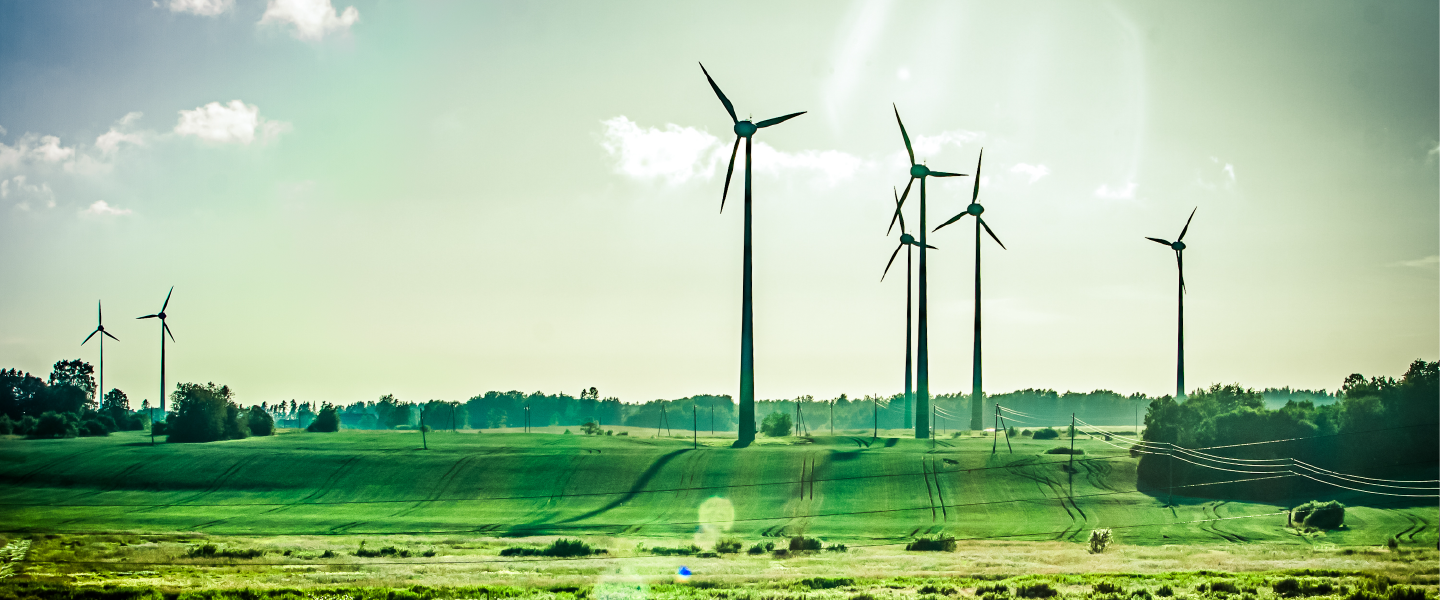Cleantech trends and progress


What’s meant by ‘cleantech’ has evolved in recent decades. Today, the movement encompasses investment, research, development, and products from various industries and business practices to increase production efficiency while minimising negative environmental impacts (1).
Over the years, cleantech has seen bursts of public engagement and private investment. Leading up to 2008, cleantech start-ups experienced an investment boom, reaching USD6.56 billion across 385 deals (2). However, the impact of the financial crash between 2008 and 2009 cut demand and increased the cost of credit, resulting in a dramatic and permanent change to the dynamics of the clean energy industry (3).
The financing of utility-scale renewable projects with top-tier sponsors and developers has matured significantly, carving a now highly competitive financing market for the ‘cleantech’ industry. Research supported by sustainable investment must direct and drive the expansion of cleantech industries beyond developed countries to safeguard the future of our planet while encouraging economic competitiveness on a global scale.
On the 16th of August 2022, the Inflation Reduction Act (IRA) was signed into US law, the most significant action US Congress has taken on combating climate change, catalysing investment in clean energy and signalling the importance of the industry for future generations (4). The IRA builds on previous US climate-focused funding opportunities passed into law, such as the Infrastructure Investment and Jobs Act (IIJA), which supported projects in electric vehicle (EV) charging and power infrastructure (5).
The IRA will inject nearly USD370 billion into energy, manufacturing, and transportation through tax incentives, grants, and loan guarantees to reduce carbon emissions and increase domestic manufacturing capacity (6). Many of the tax incentives in the bill are direct pay, meaning that an entity exempt from income tax (e.g., a non-profit) can claim the total amount for the tax credit even if its tax liability is less than the value of the credit (7). This means institutions like hospitals, universities, public utilities, and local governments can take advantage of clean electricity tax credits and re-invest further into cleantech and energy (8).
The IRA affirms the US’s ambition to be the premier global destination for international cleantech investment, accelerating the speed of reshoring cleantech manufacturing industries to the US while providing diverse projects and the vital funding needed for growth (6). This US activity will likely increase demand for raw materials required for cleantech products, increasing volatility in the global market.
Continuing research in innovative ways to harness accessible and well-researched renewable energies like wind and solar power, cleantech shows ample opportunity for investment over the next five years.
Hydrogen energy and innovation is a pillar of several government strategies and a focus for private investment, with the industry estimated to meet 22% of the world’s energy demands by 2050 (9). China has already started working with a phased approach to creating a domestic hydrogen industry with widespread manufacturing capabilities by 2035 (6).
The EU has implemented 20 critical actions for its hydrogen strategy while extending emissions trading to heating, transport and shipping, strengthening and expanding the European Union’s carbon market (10). Further investment in decarbonisation is seen in the UK, pledging GBP30 billion of domestic investment within the green industrial revolution, creating an estimated 80,000 jobs across the UK economy (11).
Change in societal attitudes toward sustainable ways of living will also strengthen the development and demand for cleantech; for example, electric vehicles are estimated to take 33% of global sales by 2028 (12). The development of cleantech will always be focused on creating sustainable, working products and services while minimising our negative impact on the environment.
By providing full spectrum products and services across a dynamic footprint in a range of global markets, we’ve set robust targets to reach net-zero carbon emissions from financed activity by 2050, supported by mobilising USD300 billion in green and transition finance by 2030 (13). This lets us support companies through environmental and sustainable challenges while providing vital funding for development in innovative clean technologies.